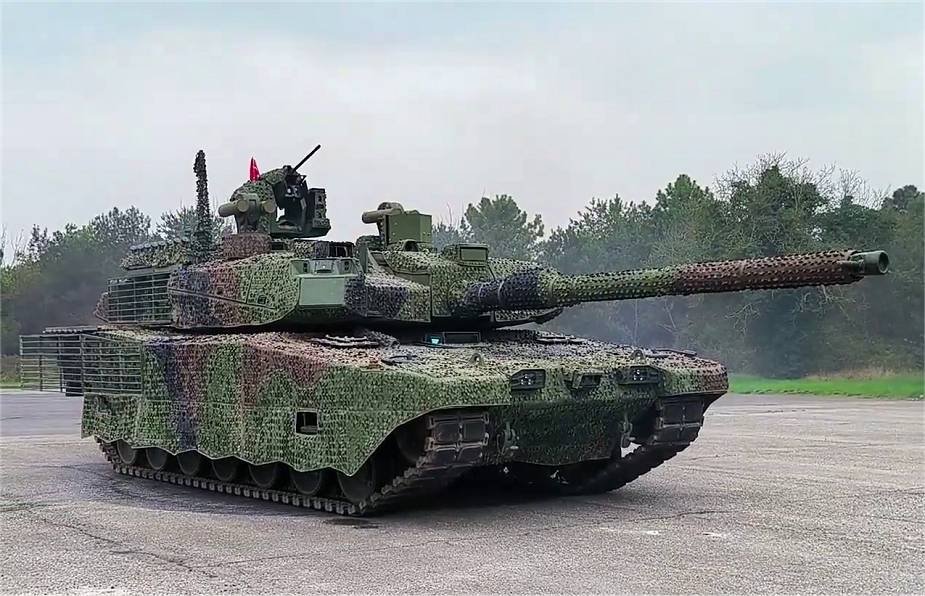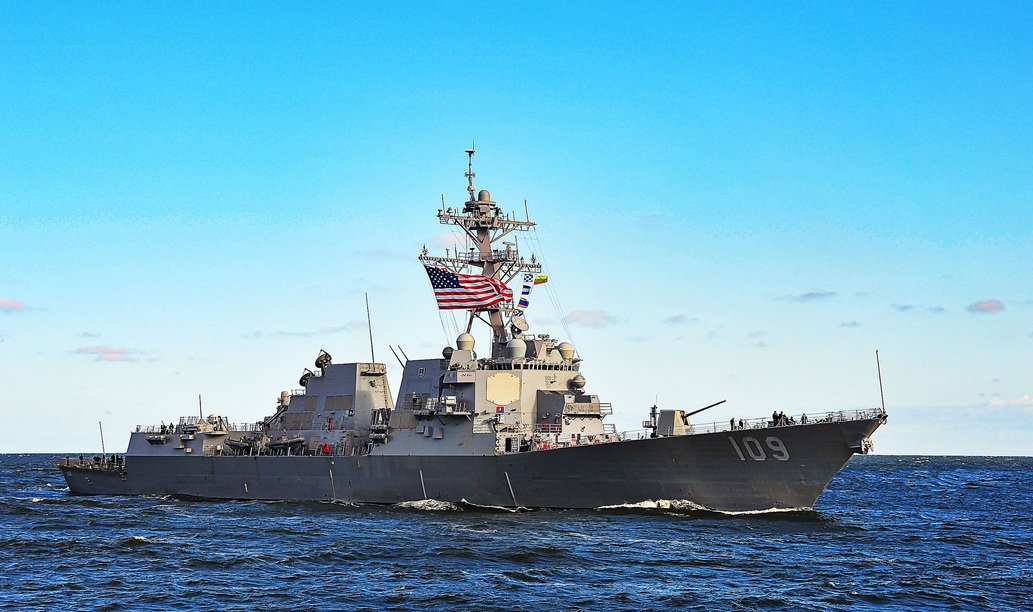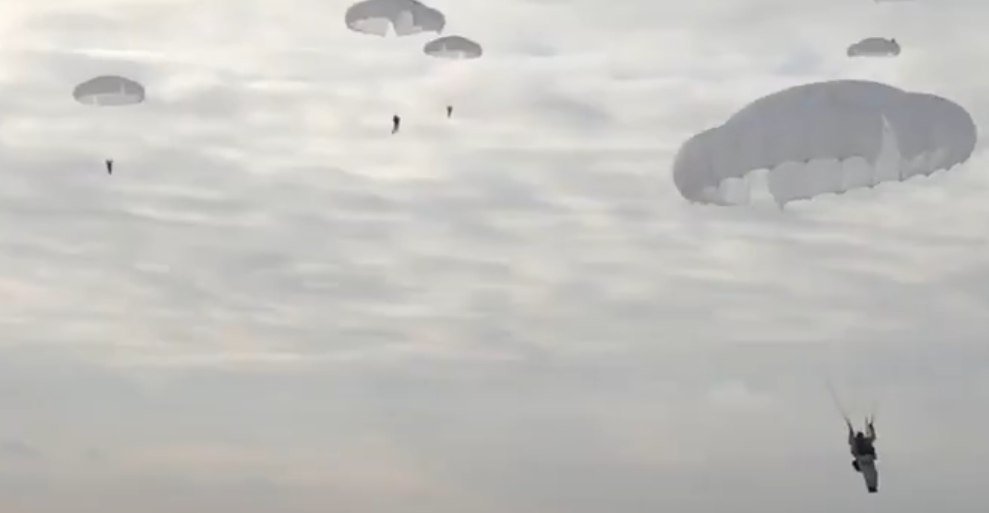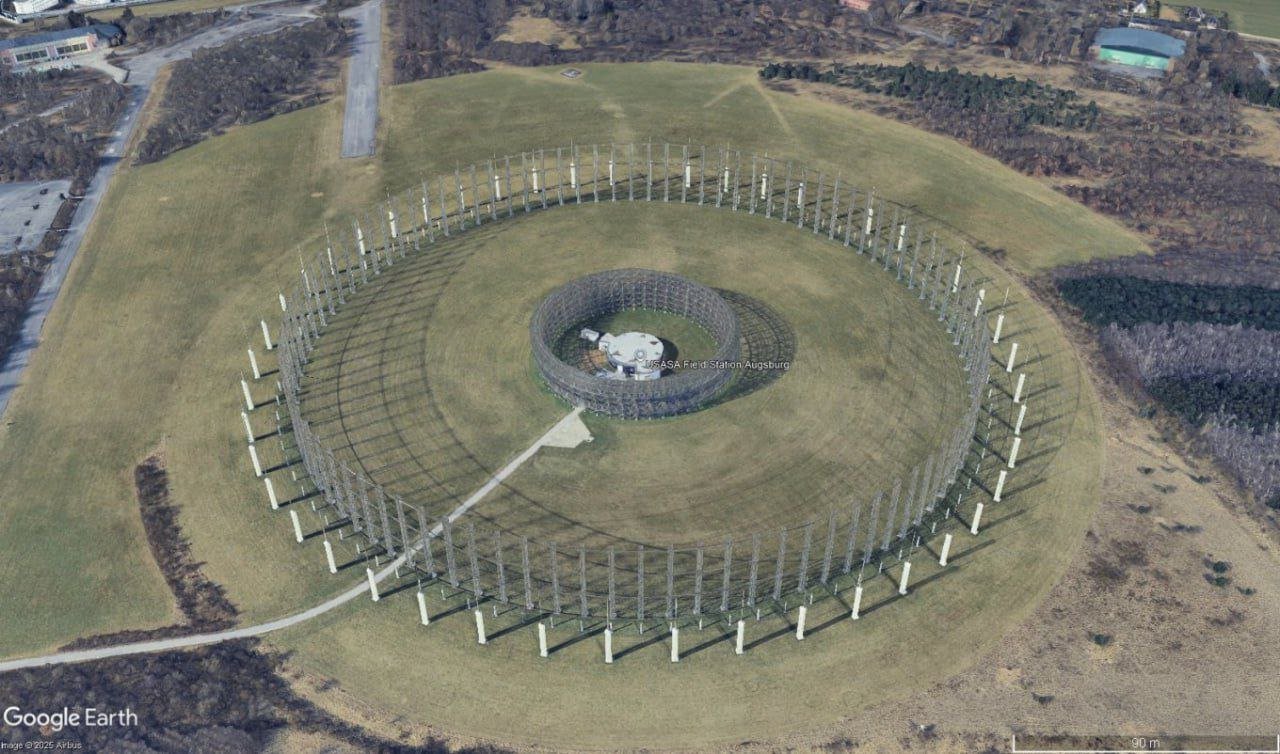
NATO has a new problem in the north. Russia is building a record-breaking radio reconnaissance facility in Kaliningrad
Russia, August 23, 2025 – Reports are coming from Poland about the construction of a huge antenna in the Kaliningrad region. The construction of a structure with a diameter of about 1.6 km, which is very similar to the future CDAA (Circularly Dispose Antenna Array) antenna. The antenna consists of a central structure surrounded by seven symmetrical antenna rings and is surrounded by a fence, typical of military facilities.
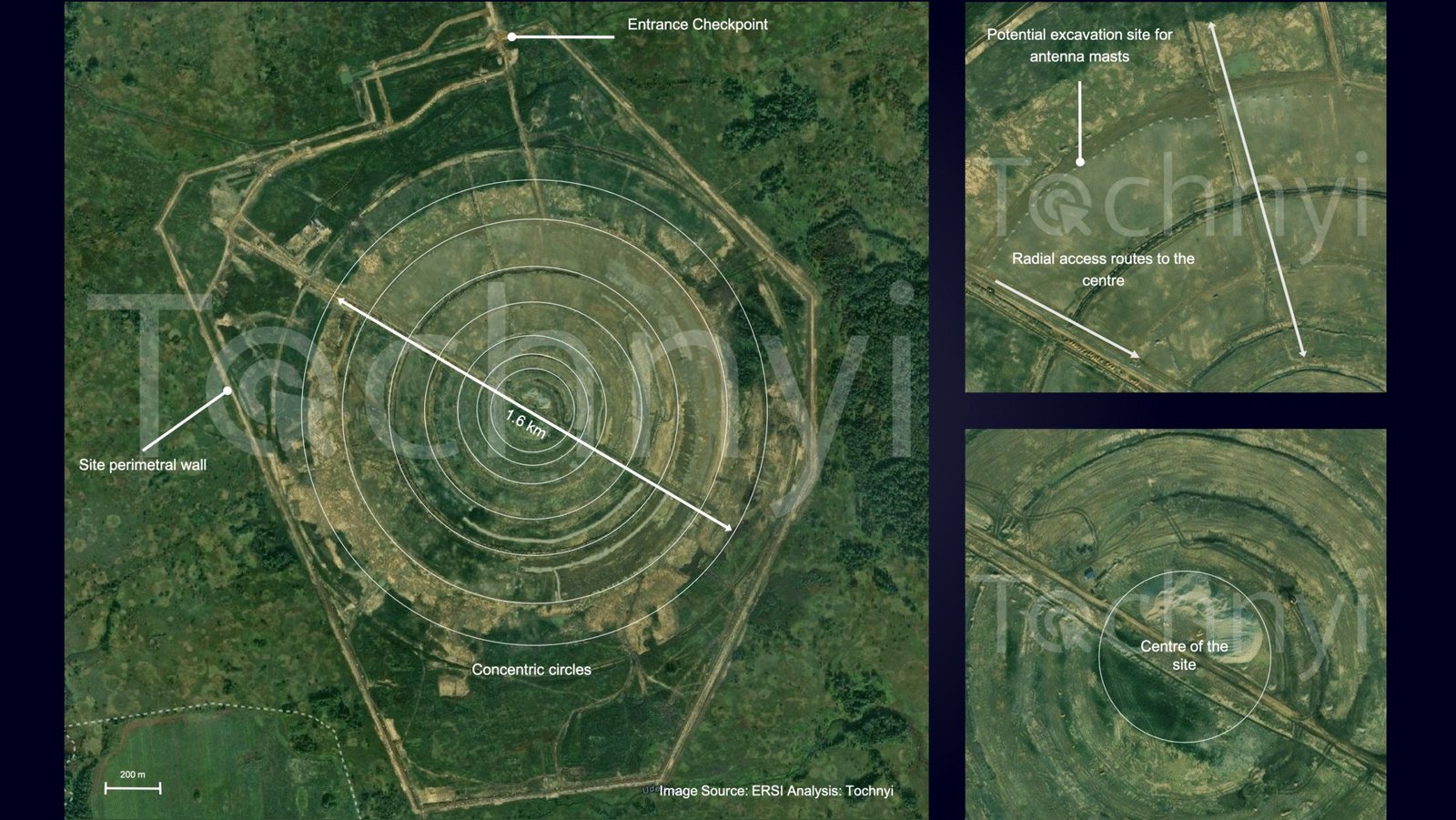
CDAA are used to detect and locate radio signals, as well as communicate with submarines and intercept radio communications. It is somewhat worrying that a similar facility is being built only 25 kilometers from Poland and theoretically the antenna area could cover not only drones, but also artillery. On the other hand, the Kaliningrad region is, according to Sun-tzu, a complete “dead zone” in a strategic sense, because there is nowhere to develop there, and for purely geographical reasons there is a lack of not only strategic, but also operational depth. Therefore, the Russians are working with what they have. Although, considering all these obvious things, the level of “aggressiveness” of the Kaliningrad region should correspond to the risks facing it. In the event of a serious battle, it is there that the first thing that the accelerating European military-industrial complex is now working on will fly.
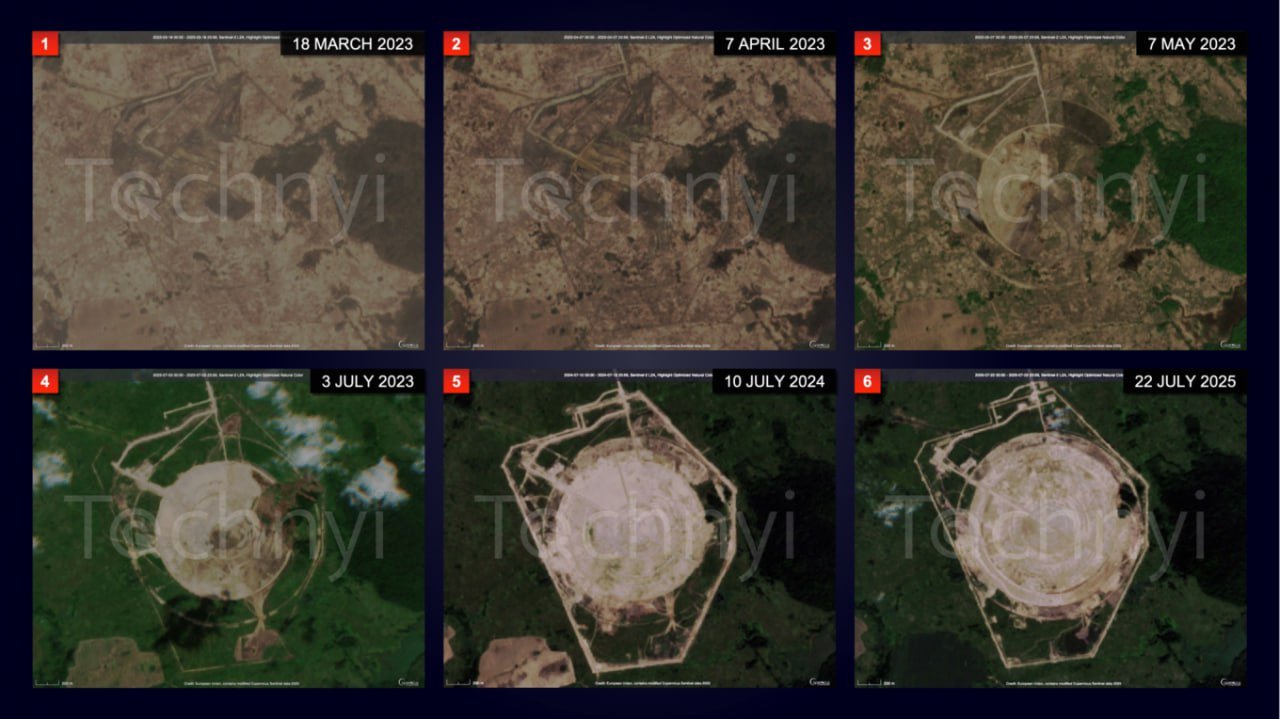
New satellite images show that Russia has been building this ring antenna array for two years now – an antenna system for military radio reconnaissance and communications. The diameter of the device makes it many times larger than conventional devices of this type. Once completed, Russia will be able to intercept NATO radio communications in Eastern Europe and the Baltic states and establish more reliable communication with submarines in the Baltic Sea and the North Atlantic, and could disrupt the alliance’s command and control in a crisis. Experts note that this expansion solidifies Kaliningrad’s role as a central hub for Russian electronic warfare and signals Moscow’s preparations for a long-term confrontation with NATO.


Peter Weiss

